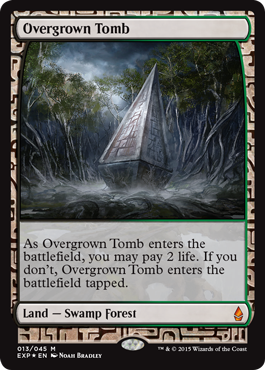

It's been more than a century, Henderson said, since members of the Geological Survey of Canada first uncovered plesiosaur fossils in Alberta's Red Deer River valley, in what is now known as Dinosaur Provincial Park. "We've known about freshwater plesiosaurs from Western Canada since 1902." The findings were not surprising to Don Henderson, a dinosaur and marine reptile expert from the Royal Tyrrell Museum in Drumheller, Alta. Not the 1st evidence of freshwater plesiosaurs "It turns out they're fairly common in freshwater," Longrich said. and Université Hassan II in Morocco - went about looking for other leptocleididae fossils that originated in Morocco's freshwater systems, and ended up with several, including teeth, vertebrae, and a humerus.

Then he - along with colleagues from the University of Portsmouth in the U.K. Intrigued, he bought it and brought it back to Britain for further study. It was unearthed from a 100-million-year-old freshwater river system in what is now the Sahara desert. The bone was a 1.5-metre arm from a baby leptocleididae, one of the smaller species of plesiosaur.

That's proved to be an exciting bit of news for Nessie believers, as one of the most common explanations for the fabled Scottish sea monster is that she is, in fact, a plesiosaur.īut when asked whether his research lends credibility to that theory, co-author Nick Longrich said: "Not really." Some massive, carnivorous reptiles from the age of the dinosaur likely lived in rivers and lakes, new research suggests - but that doesn't mean the Loch Ness monster is a plesiosaur.Ī new paper published in the journal Cretaceous Research adds to existing evidence that plesiosaurs - which are broadly known as ocean dwellers - were also capable of living in freshwater.


 0 kommentar(er)
0 kommentar(er)
